
Originally Posted by
Straight Shooter

What info do we get from 10, that say a 5 round group offers?
Larger sample is always better.
IF one uses 5 round groups, say due to ammo shortage, can you still get a correct idea of your rifles accuracy?
Absolutely. I'm not shooting 10 rounds of 300 WM after stacking 3 holes.
Same question for choreographing, wont 5 rounds pretty much tell you what you need to know?
Just wondering and nothing more. Going tomorrow to test some rifles and loads.
For me, usually 5 does it. I've added more rounds on the same string of 5 and haven't really changed SD more than 1 or 2.
My thing with 10 round groups is I can't stay focused physically or mentally. My eyes and mind start to tire and wander respectively. I did two 10 round groups on a crimp test recently, and it wasn't too painful. And going 10 verses 10 gave me an A/B comparison for the test.
"What would a $2,000 Geissele Super Duty do that a $500 PSA door buster on Black Friday couldn't do?" - Stopsign32v




 Reply With Quote
Reply With Quote










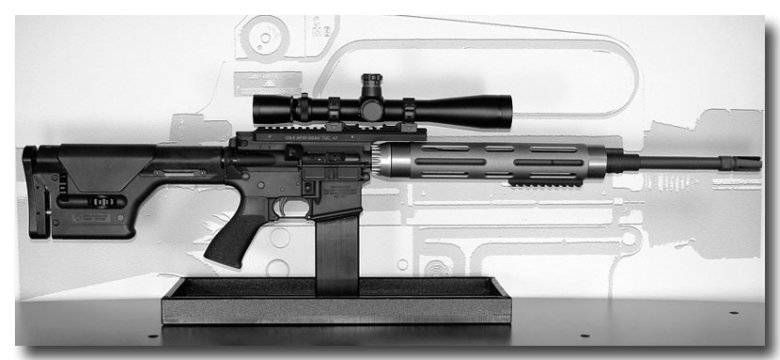


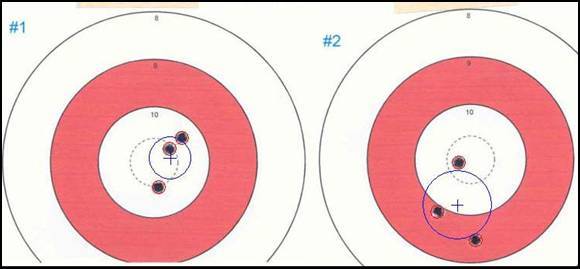

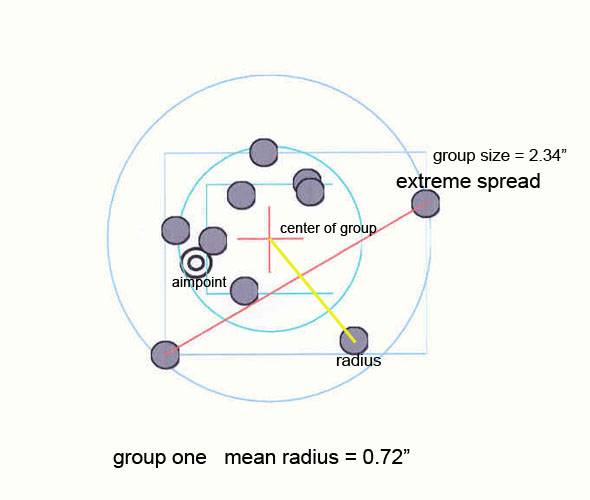
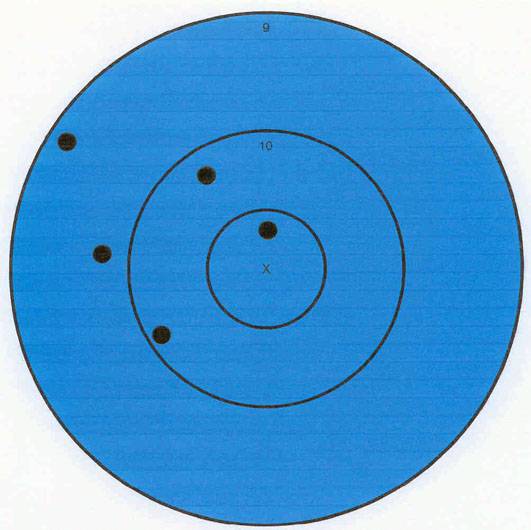
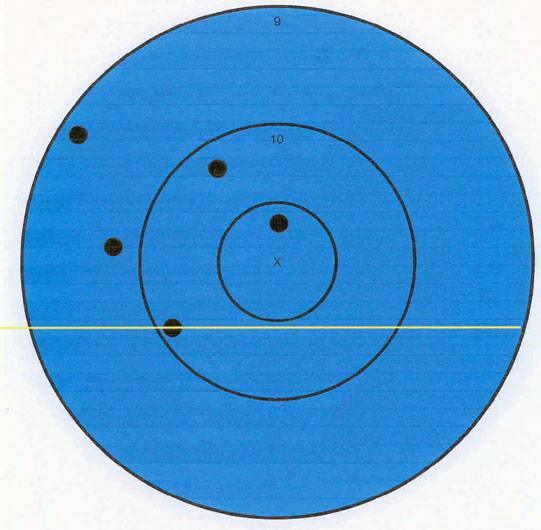
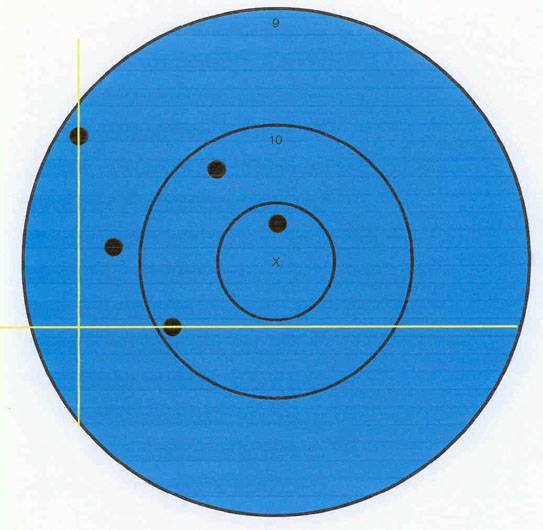
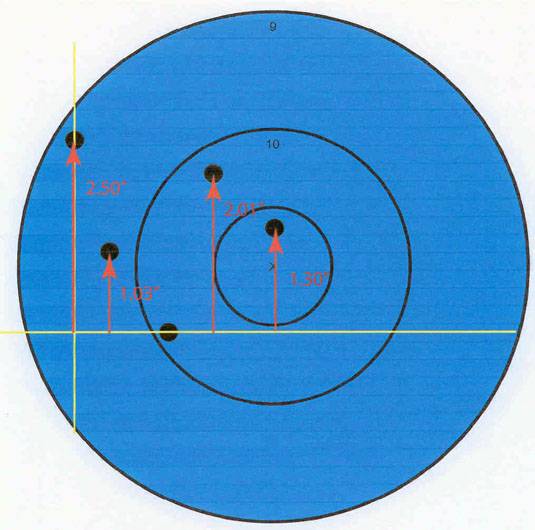
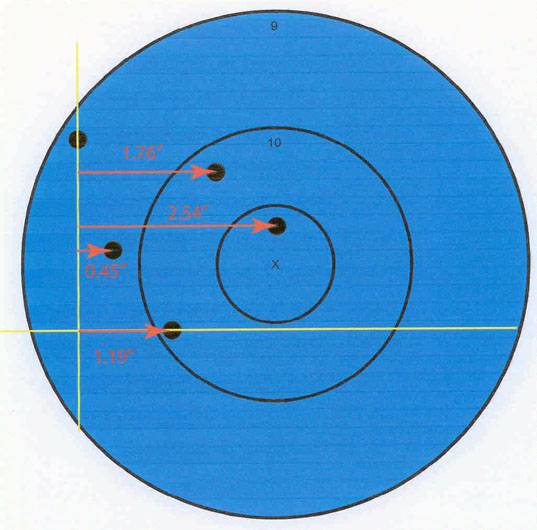
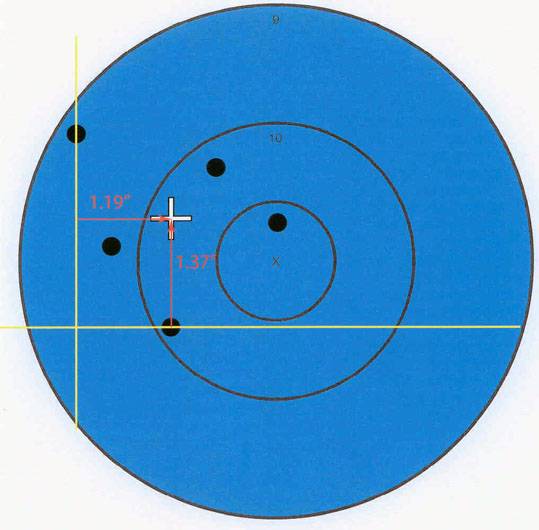
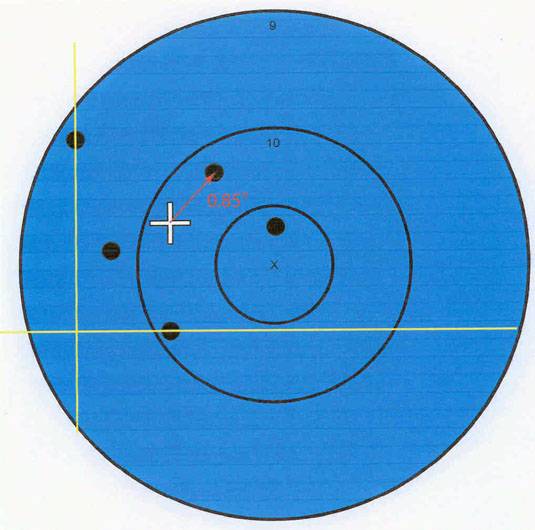
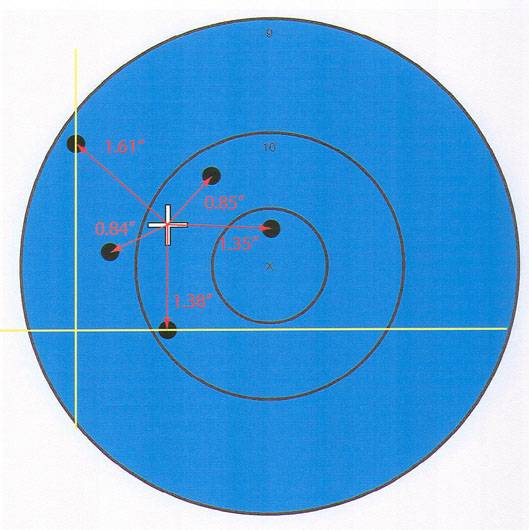
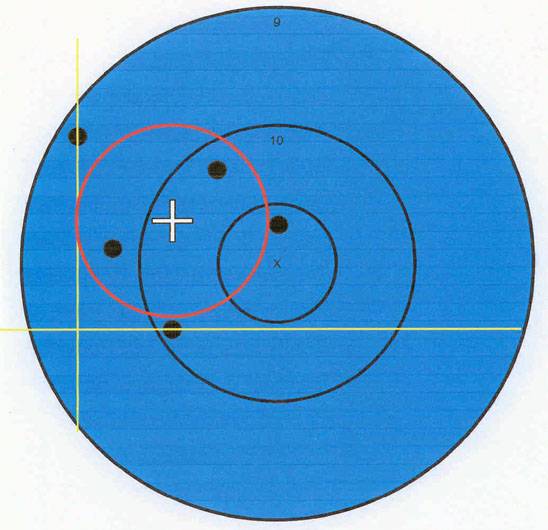


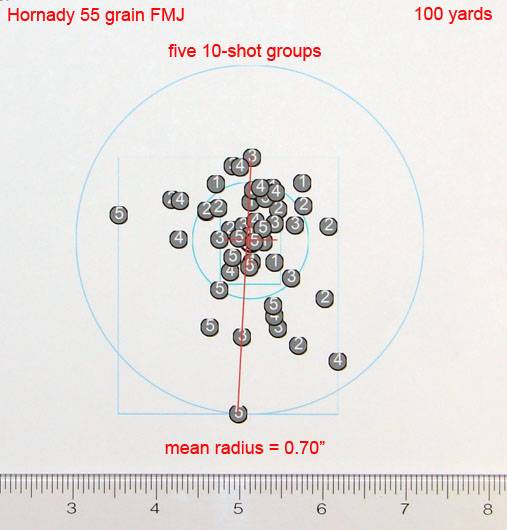








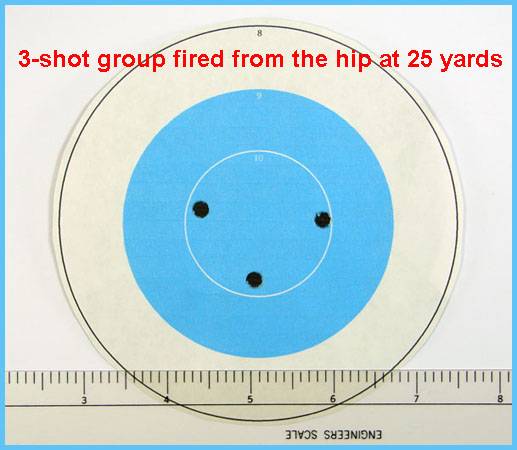
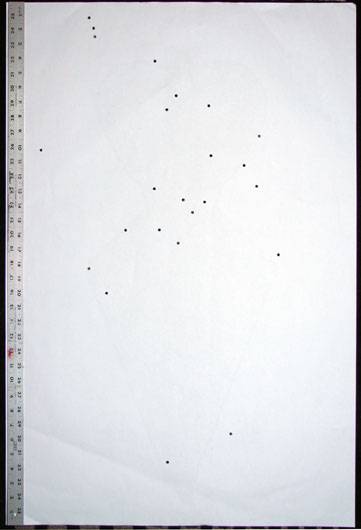
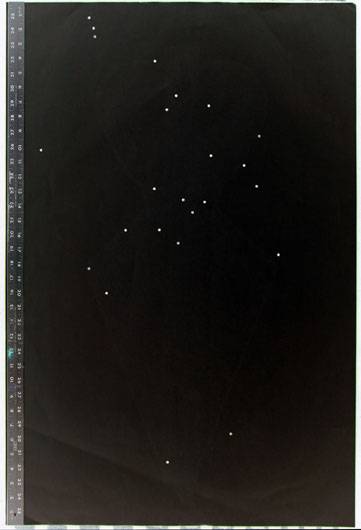
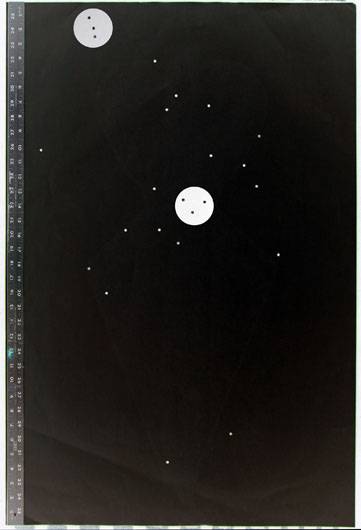


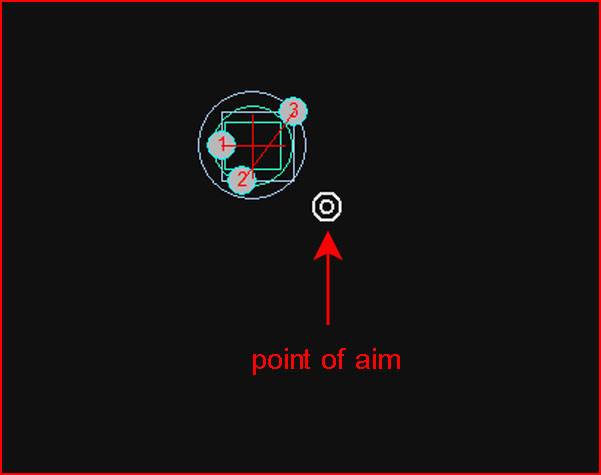
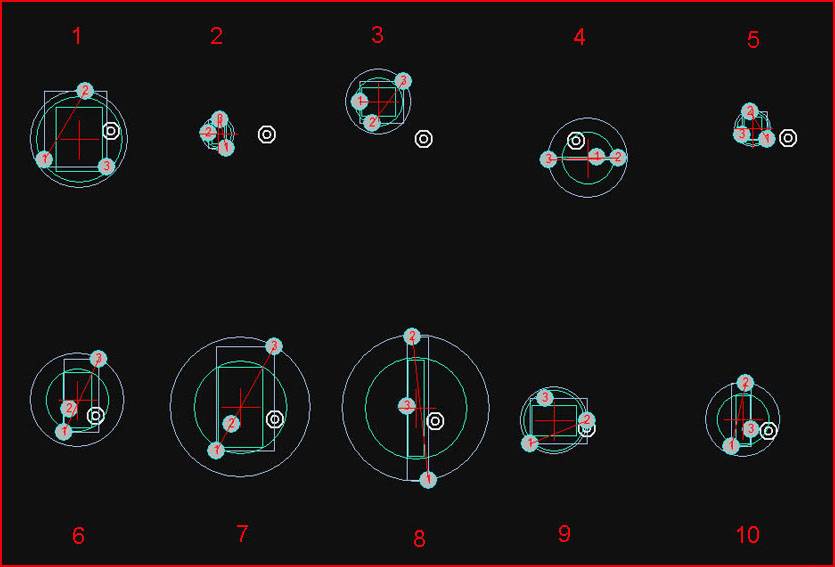
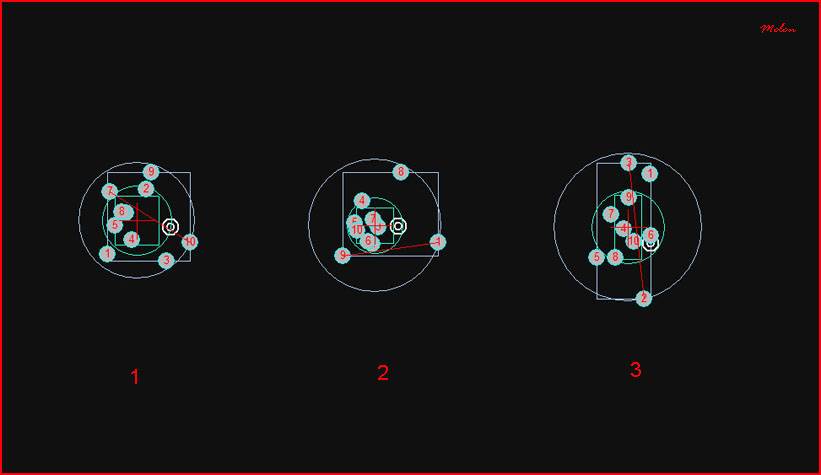
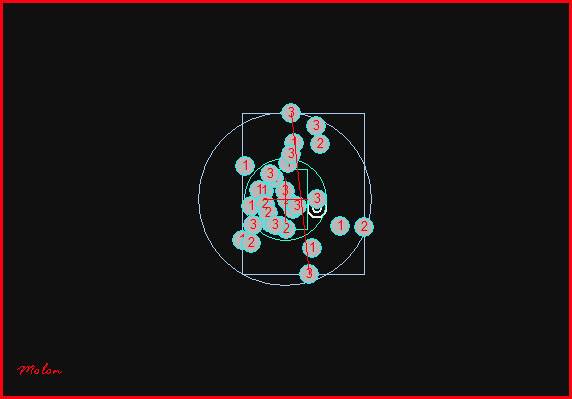

Bookmarks